Analysis of Federal Reserve Policies and Economic Impact
VerifiedAdded on 2022/12/27
|6
|844
|31
Homework Assignment
AI Summary
This assignment analyzes the Federal Reserve's monetary policy, focusing on interest rate adjustments and their impact on the U.S. economy. It begins by summarizing the Fed's recent policy of lowering interest rates to stimulate economic growth, arguing that this policy increases the money supply, investment, and aggregate demand, ultimately leading to economic expansion. The assignment then explores the effects of this policy on the supply and demand for goods and services, detailing how increased lending and disposable income influence consumer behavior and production. It also addresses potential drawbacks of maintaining low interest rates for extended periods, such as reduced bank income, increased risky investments, and discouragement of savers, referencing historical examples including the impact of low interest rates in Europe and a biblical perspective on interest. Finally, it discusses the historical use of currency in the Bible, illustrating how its supply affected the economy, drawing parallels to modern economic principles.
1 out of 6
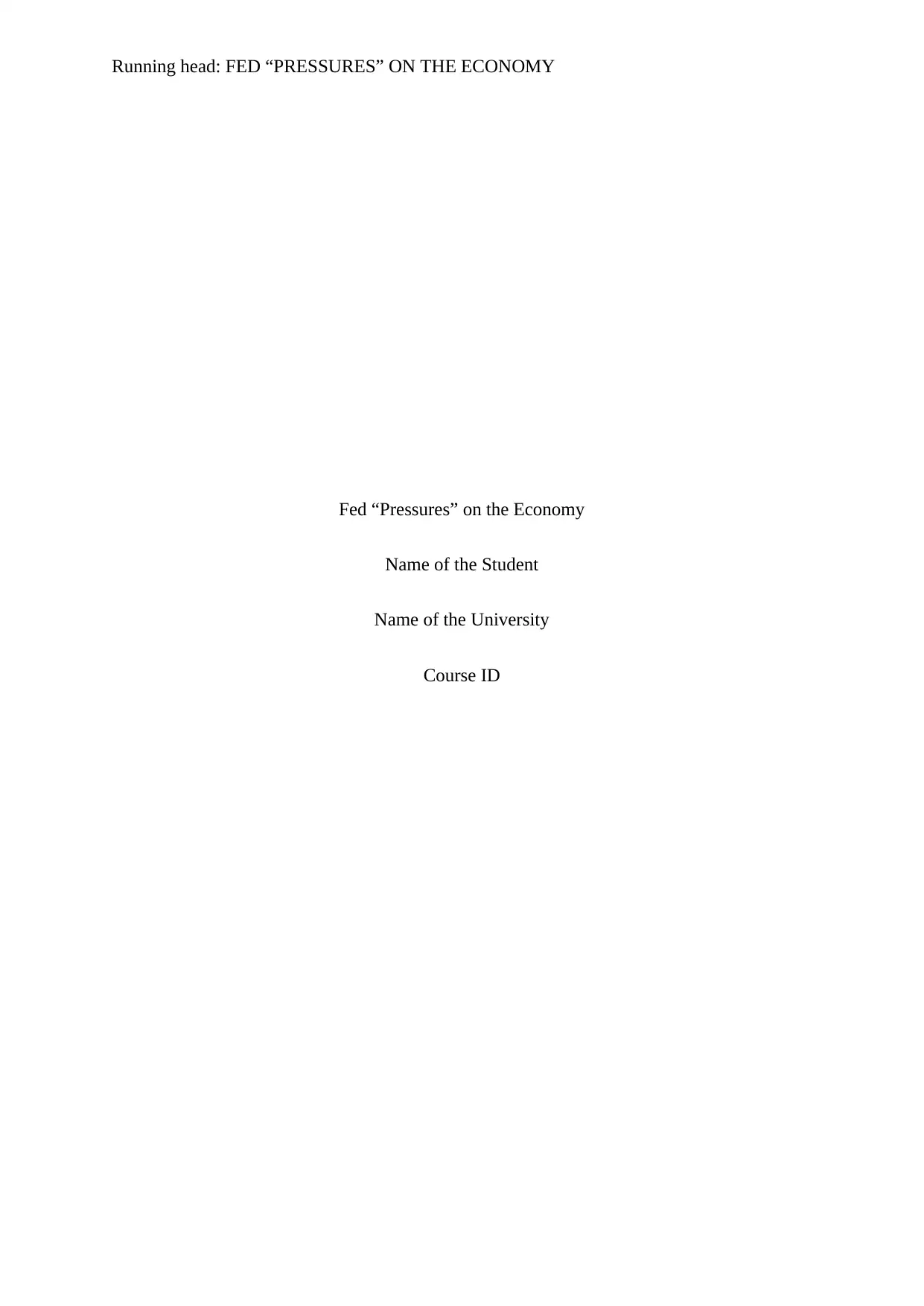
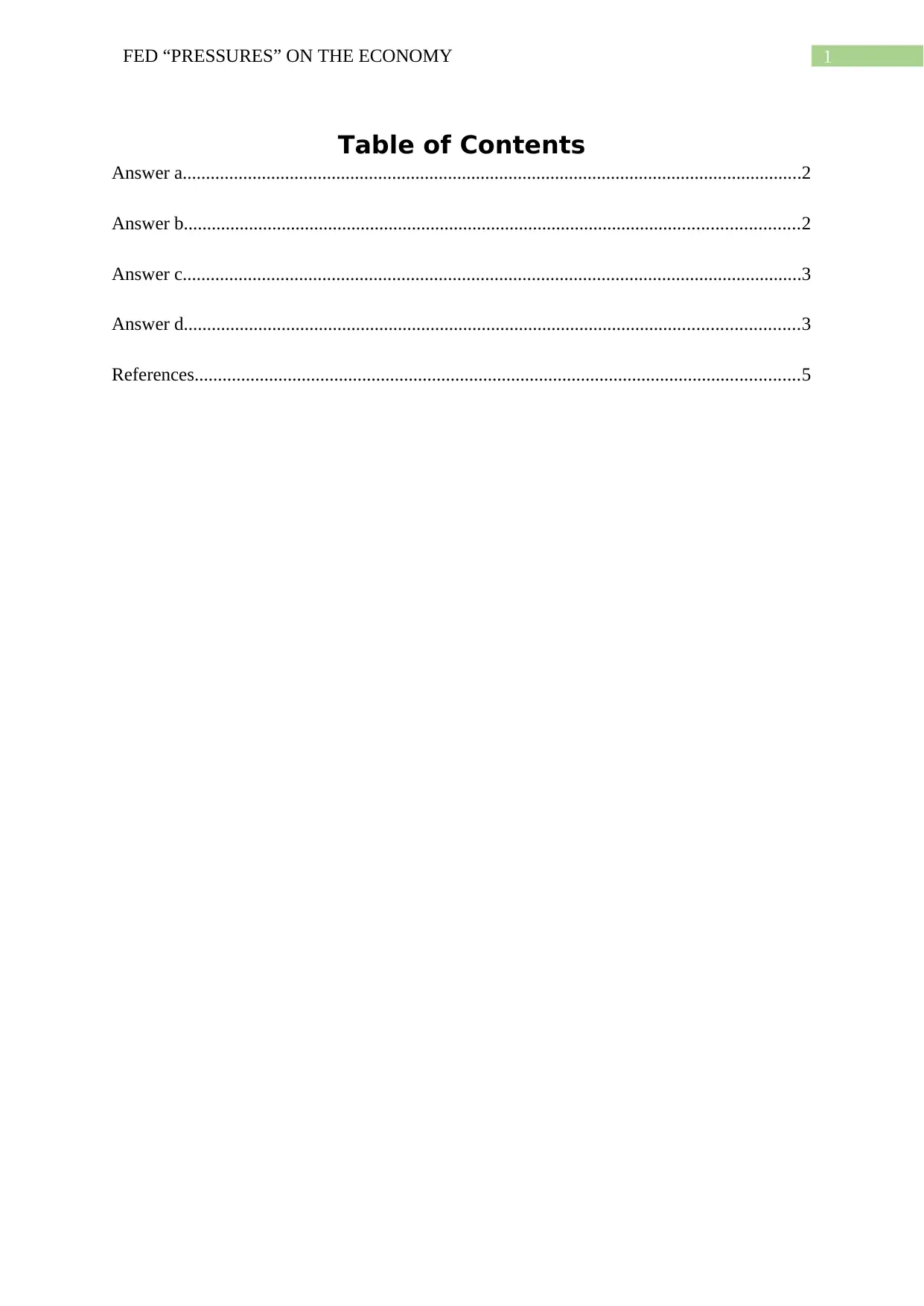
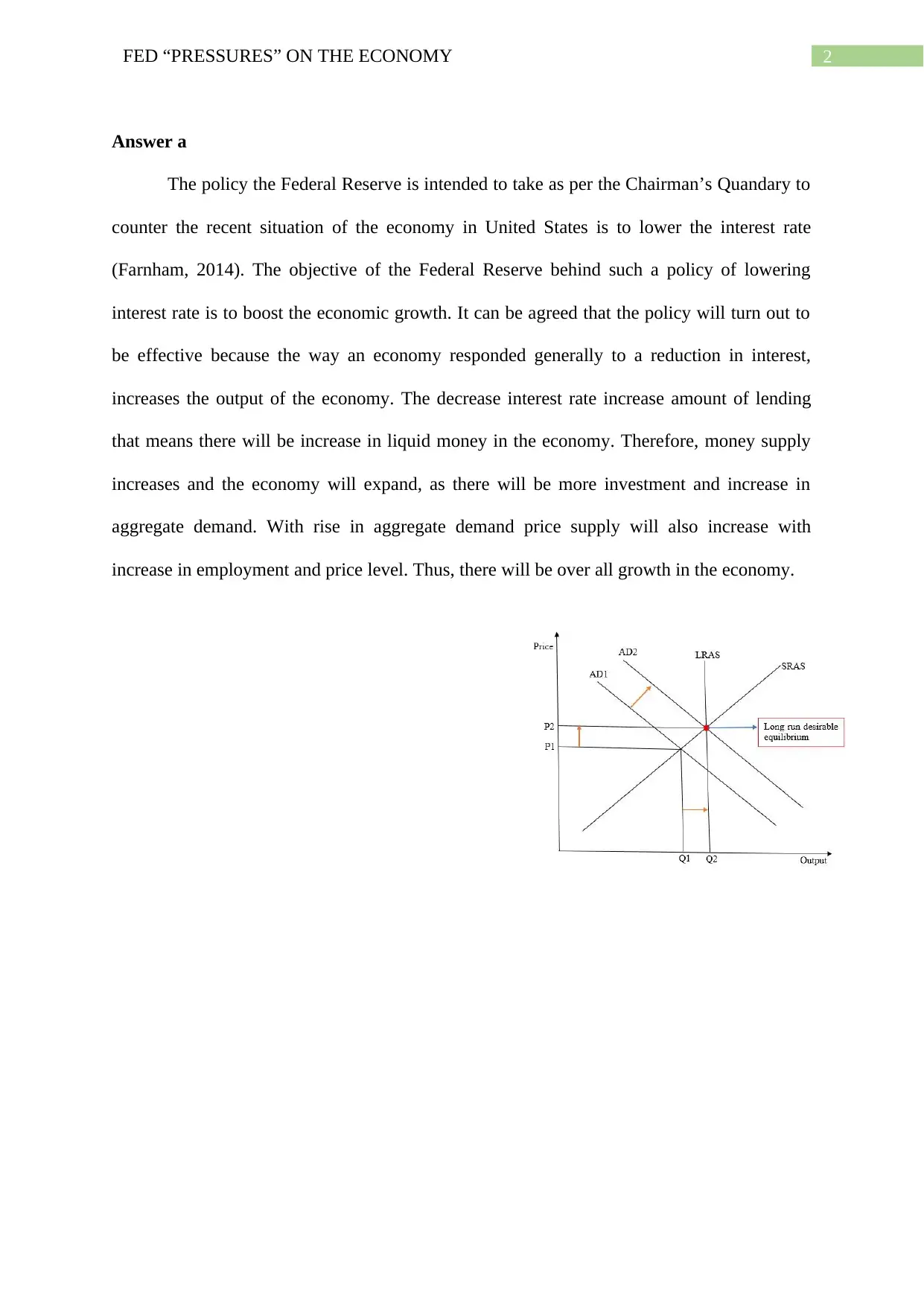

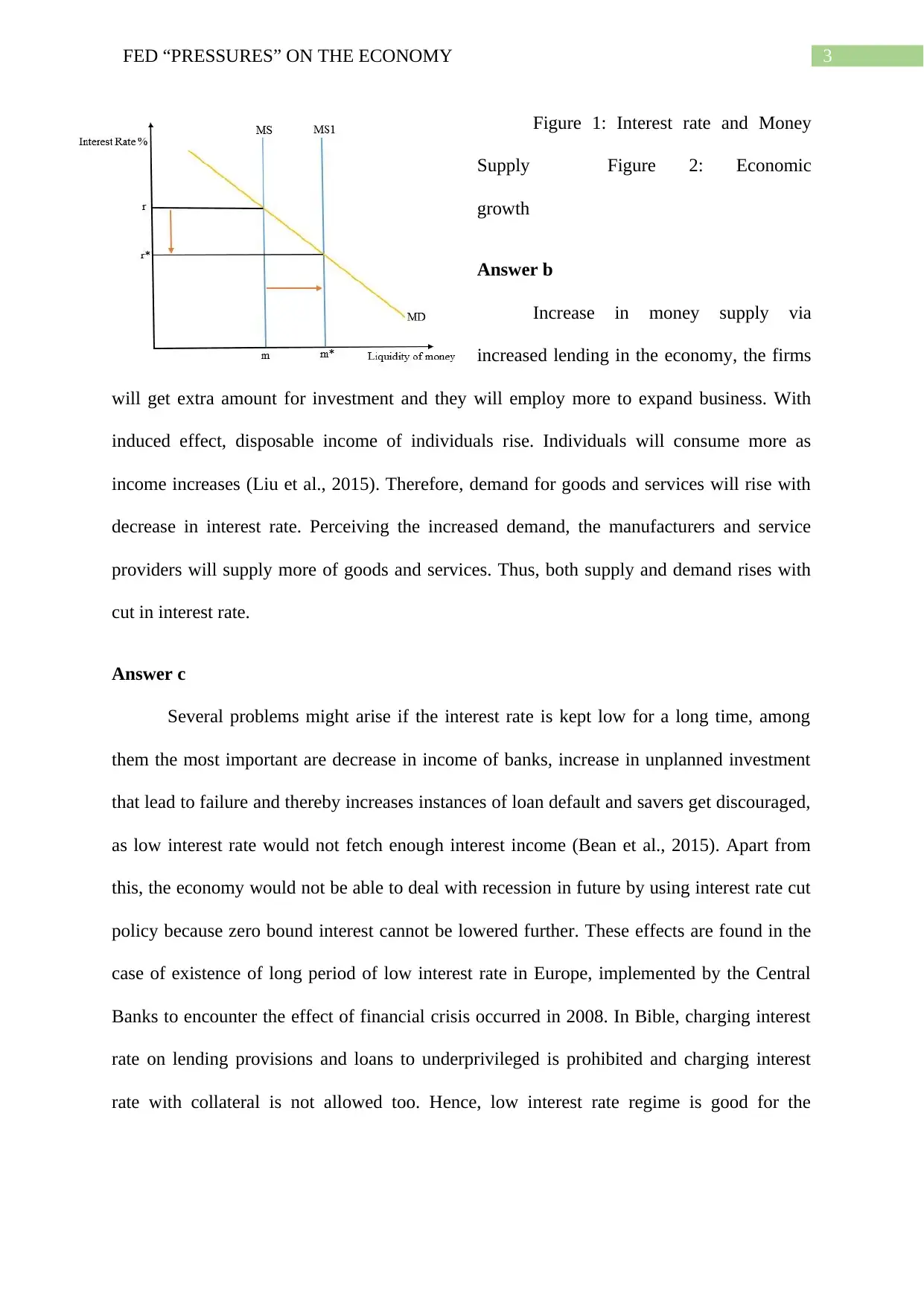
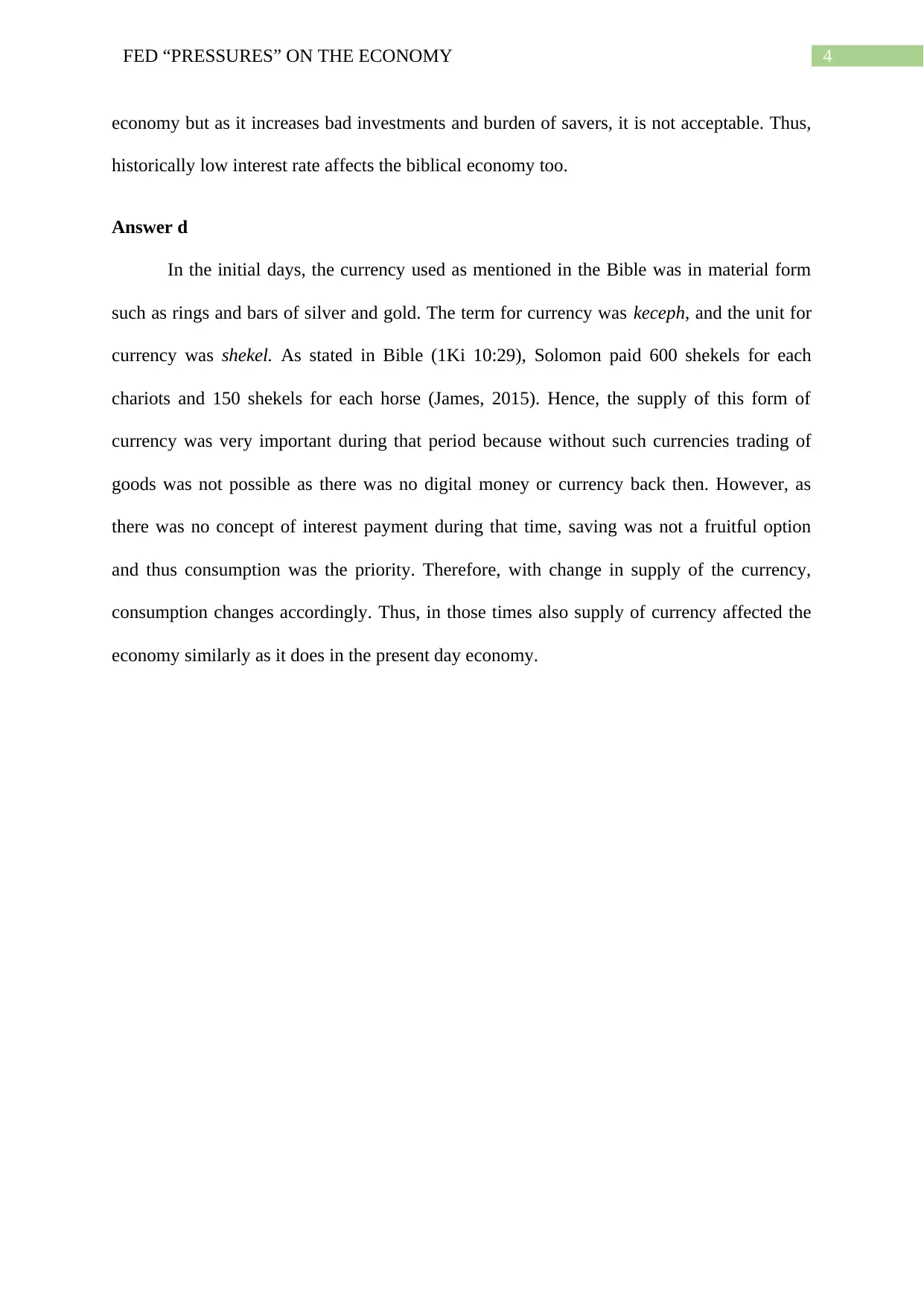
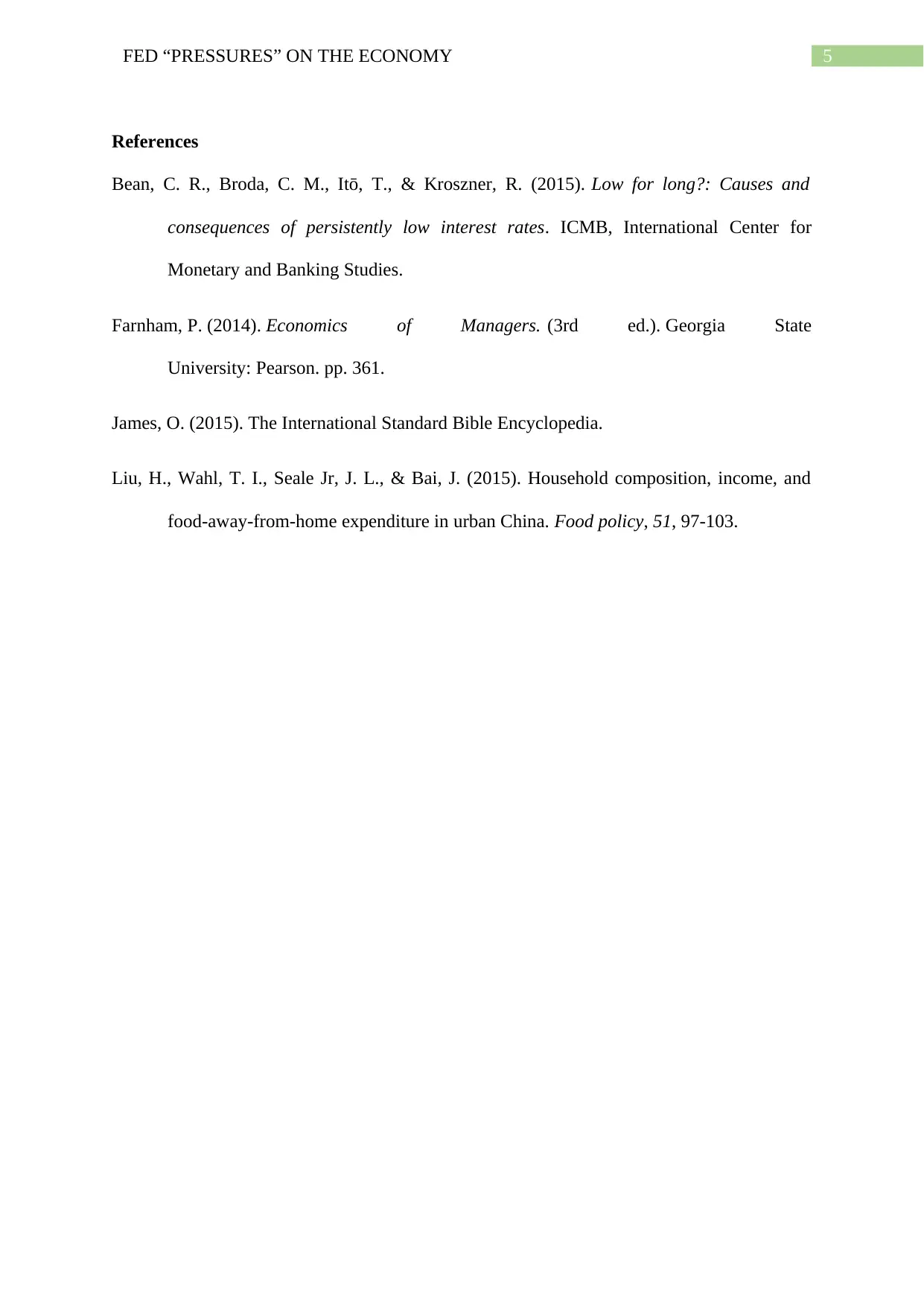





![[object Object]](/_next/static/media/star-bottom.7253800d.svg)